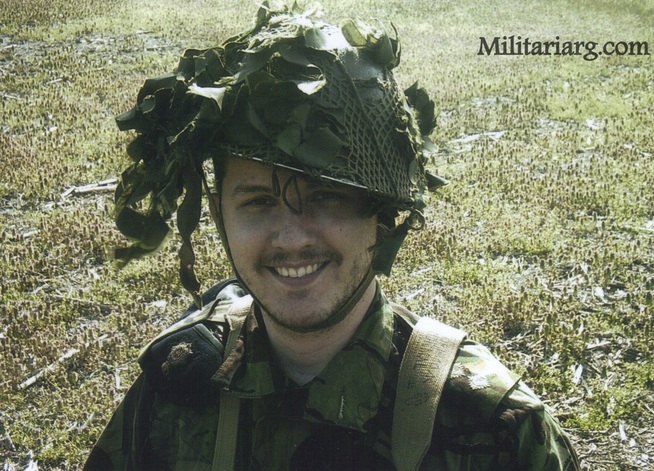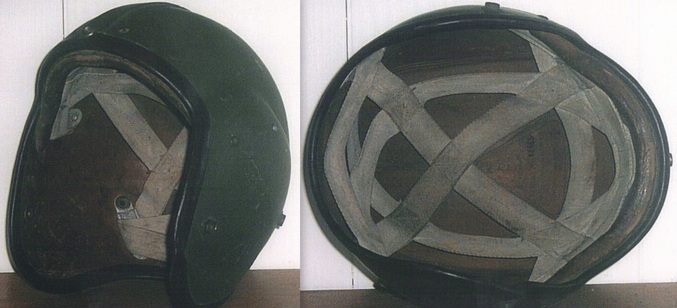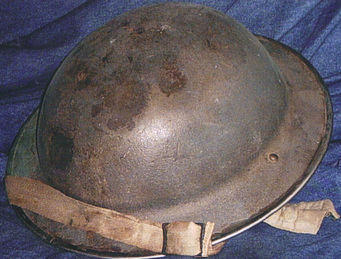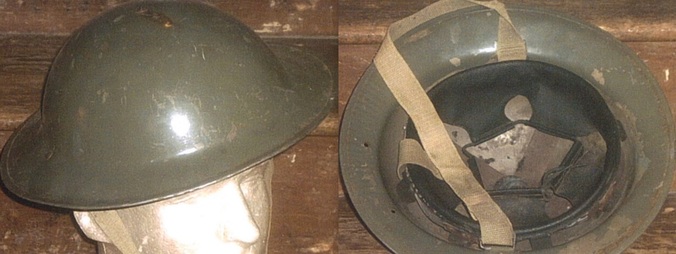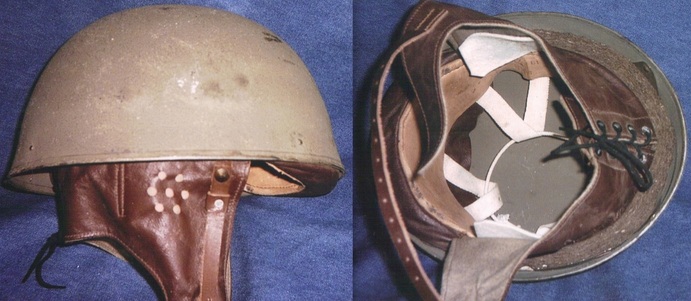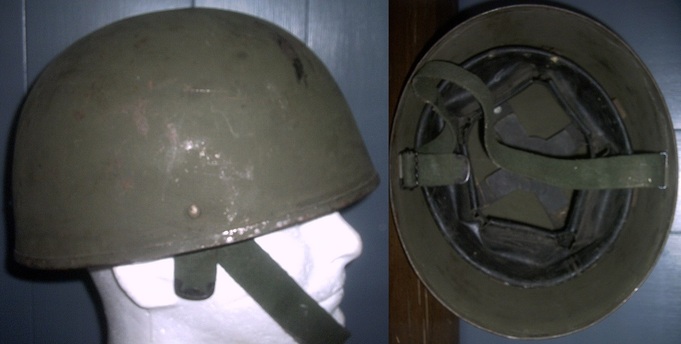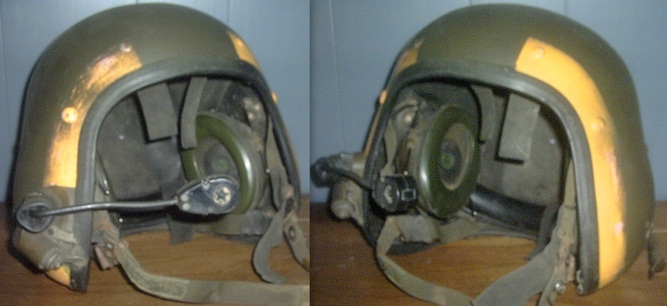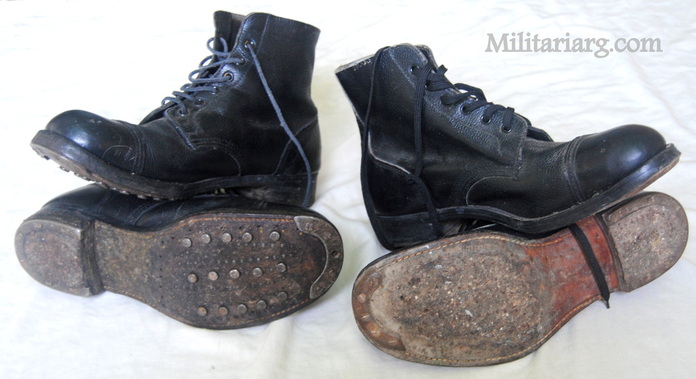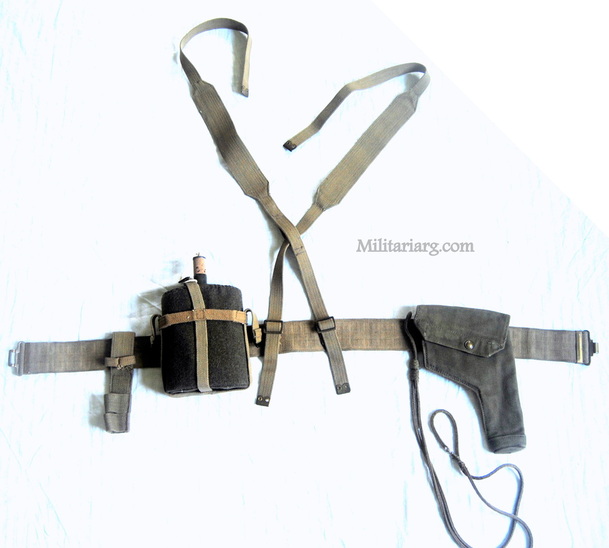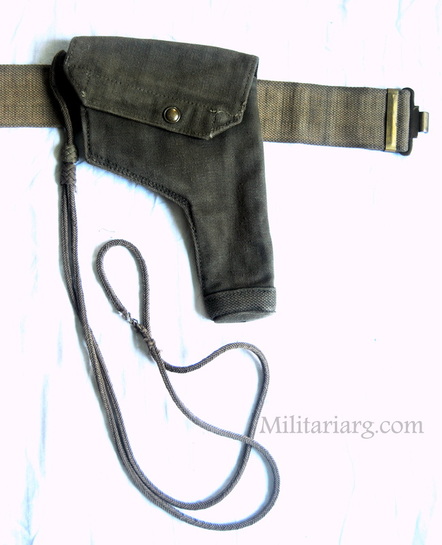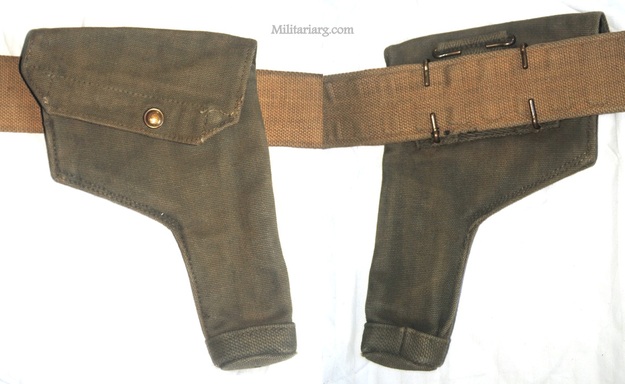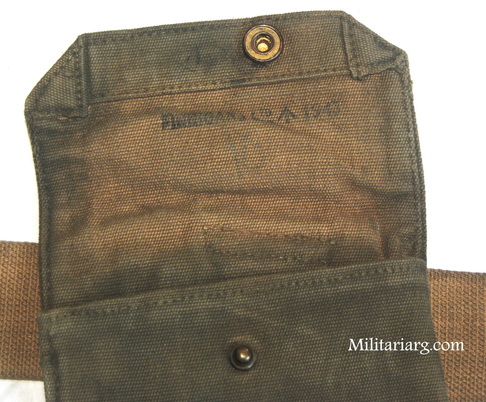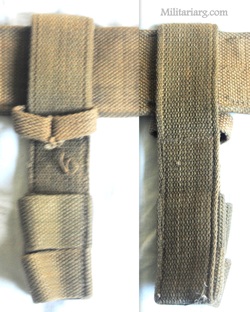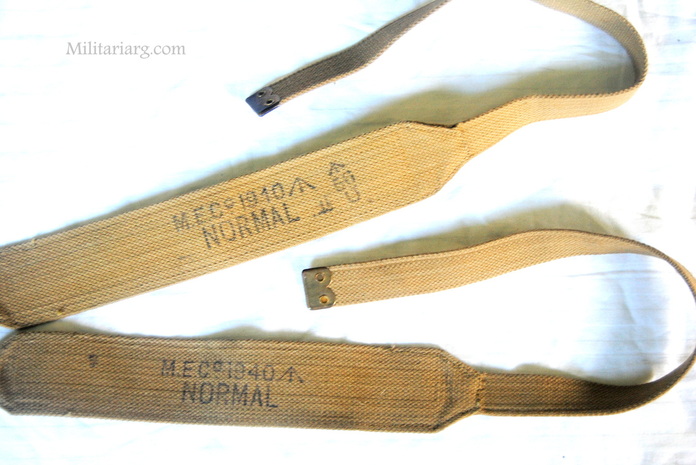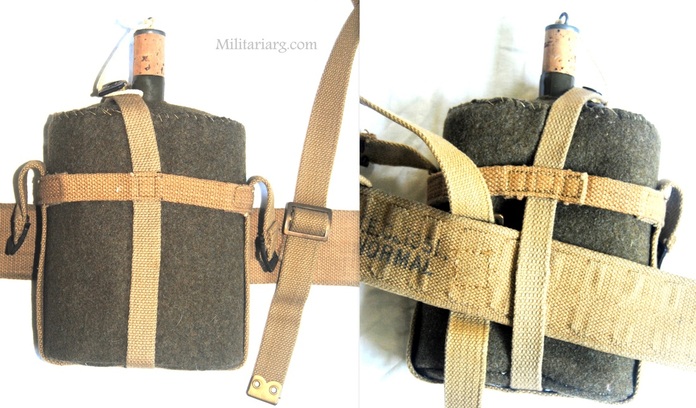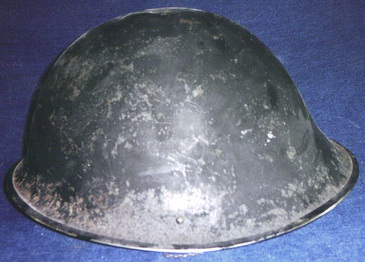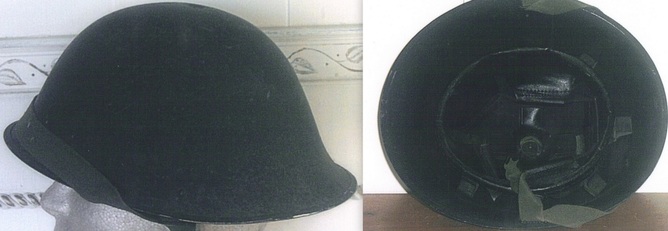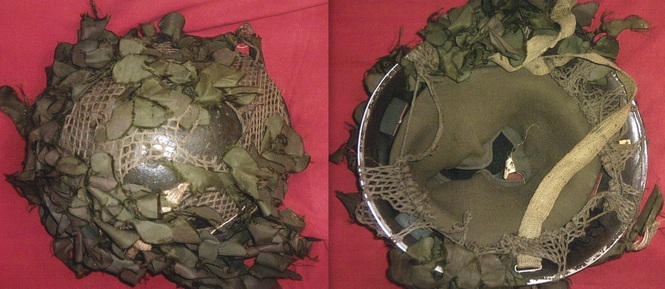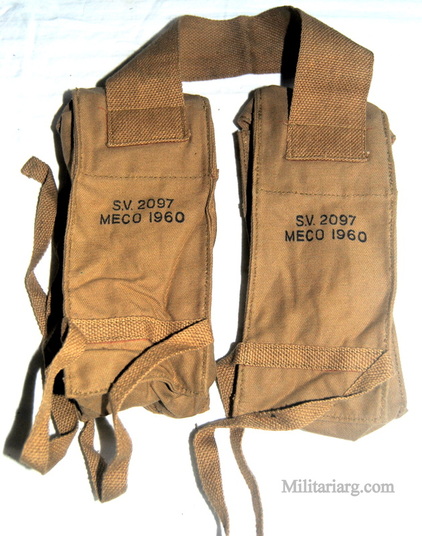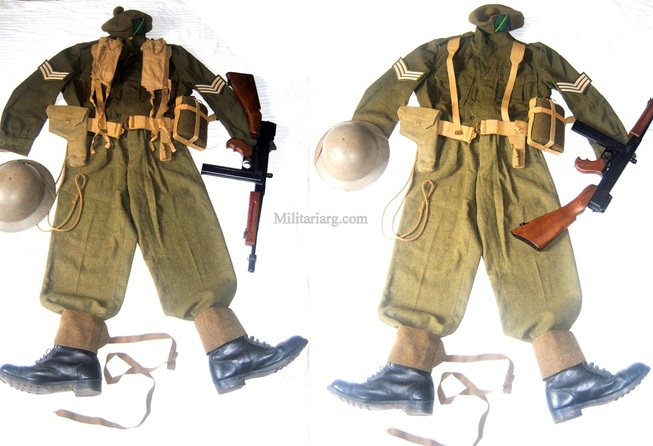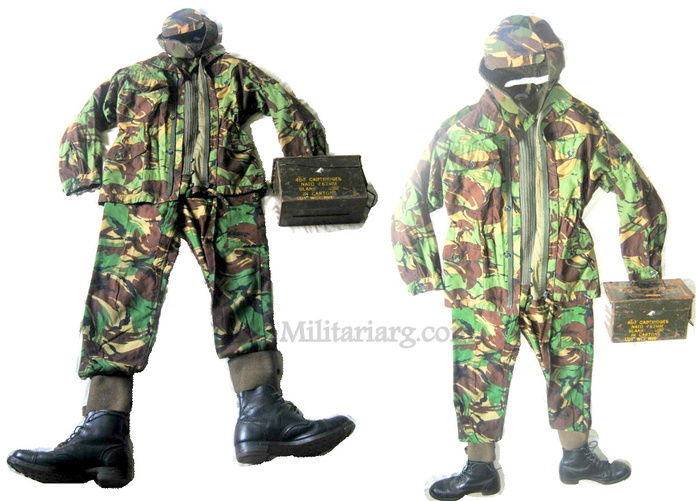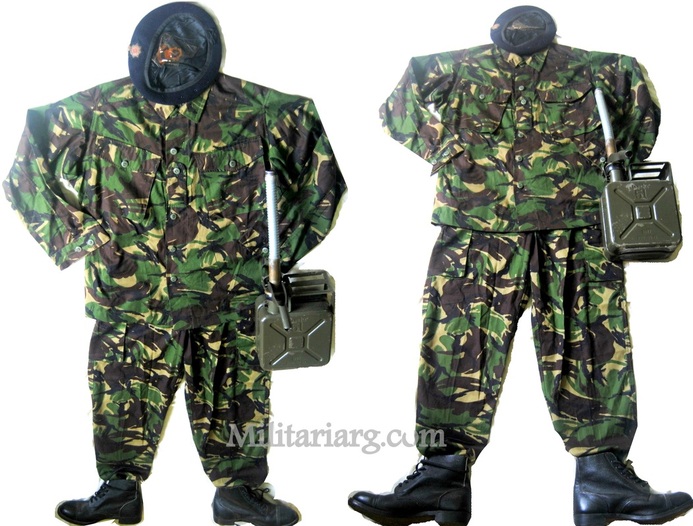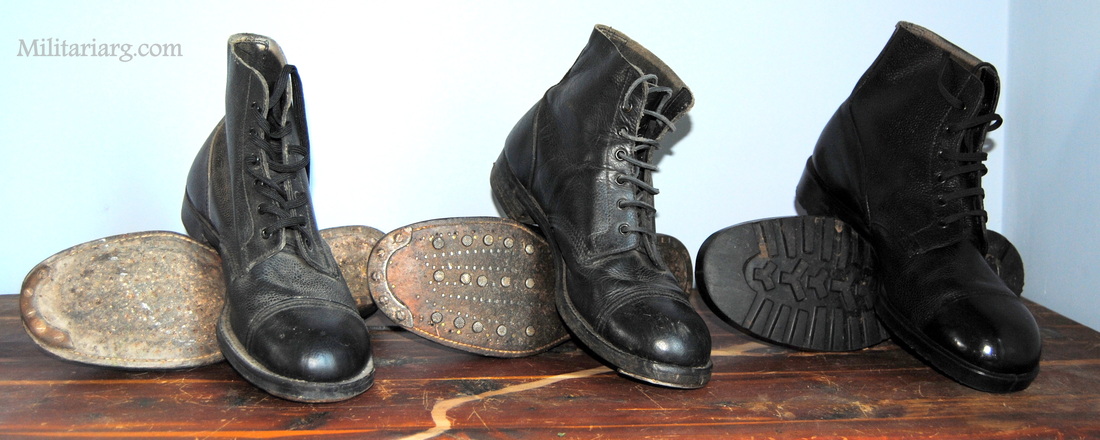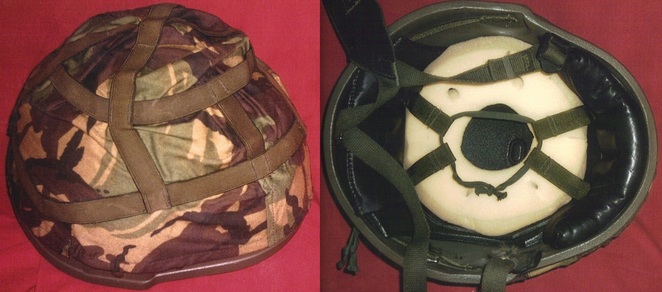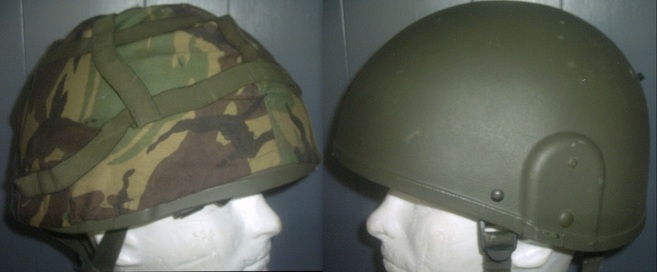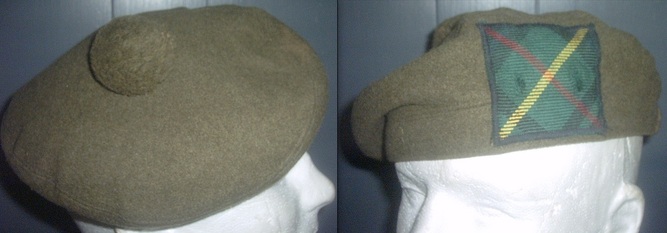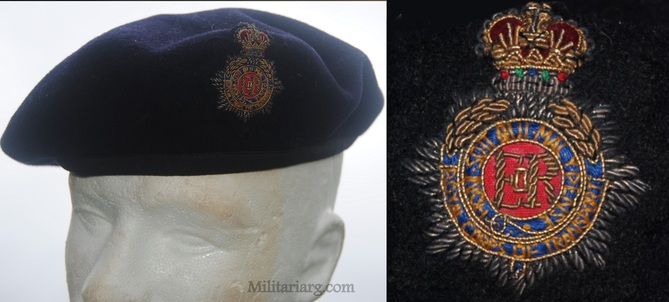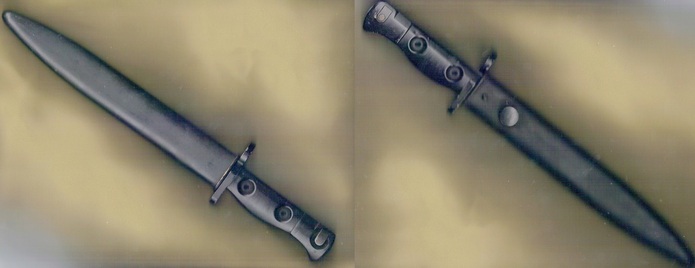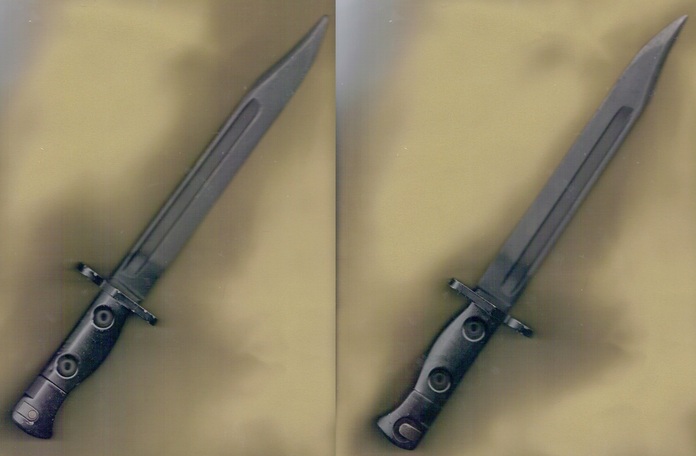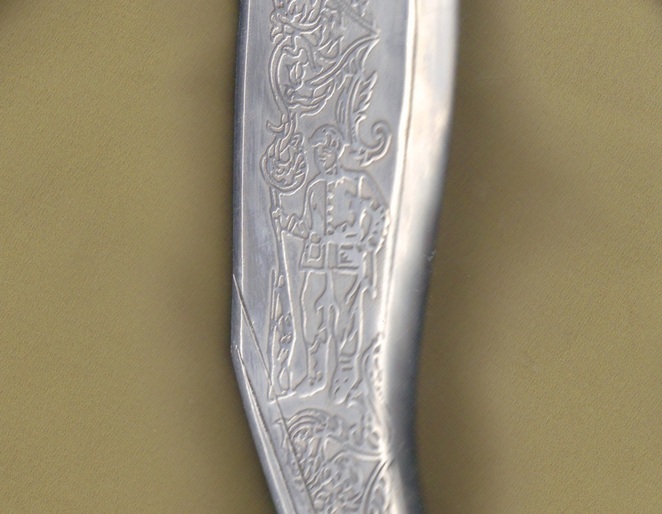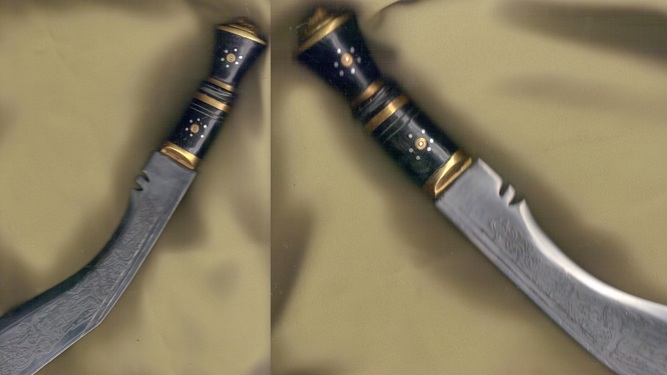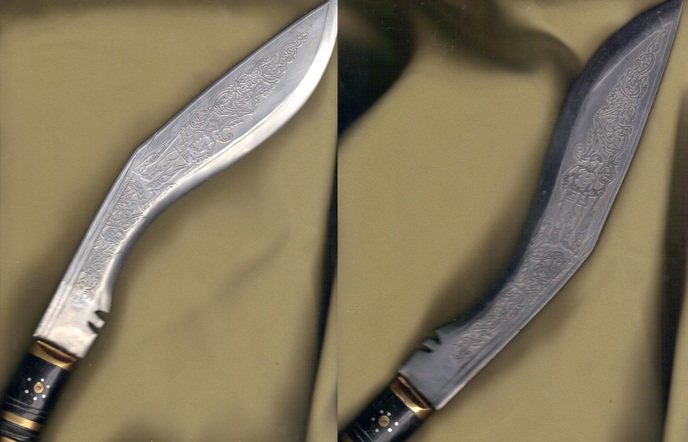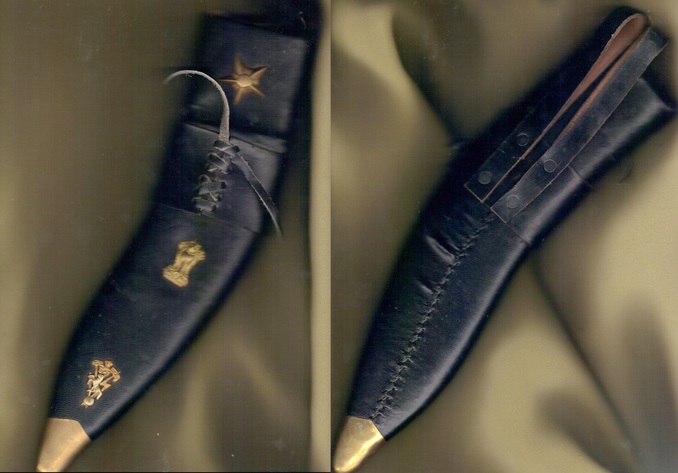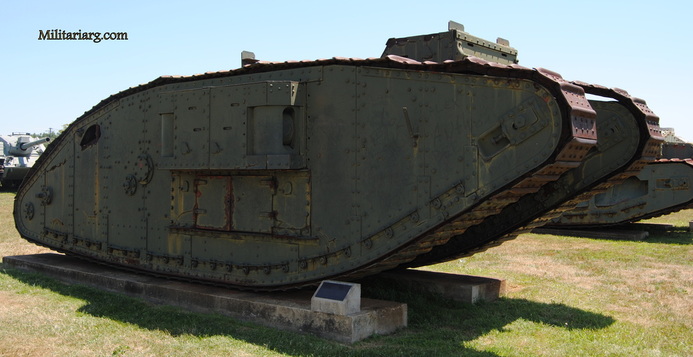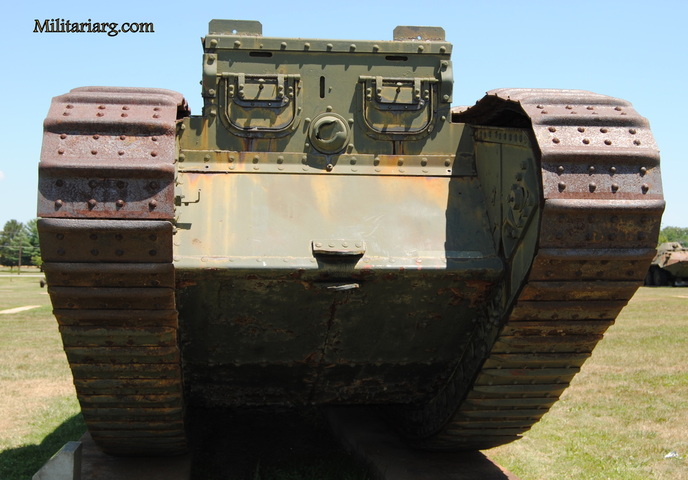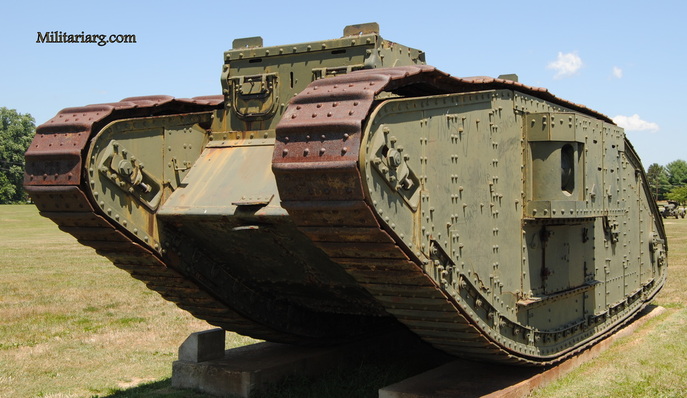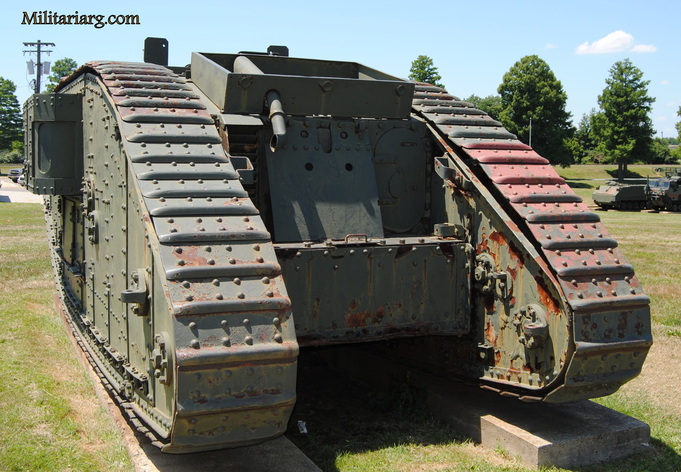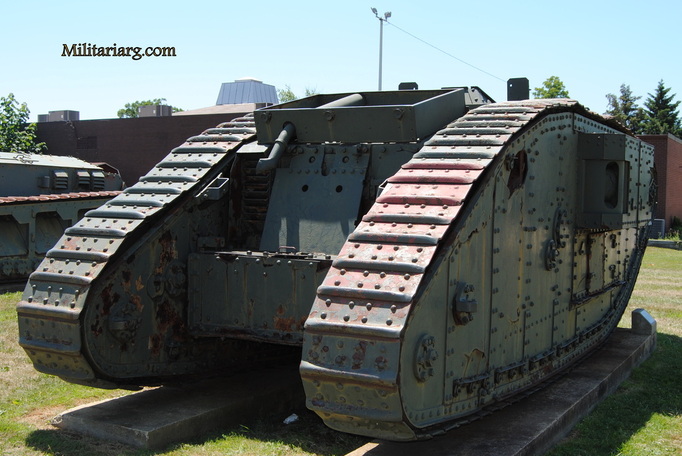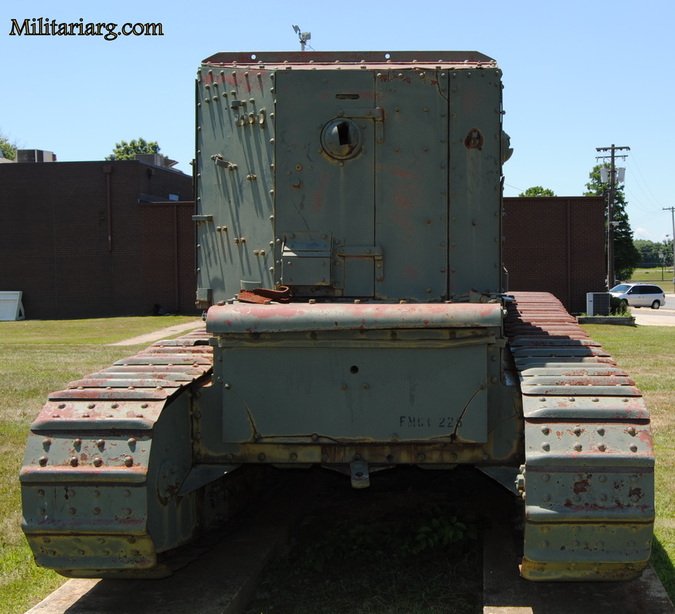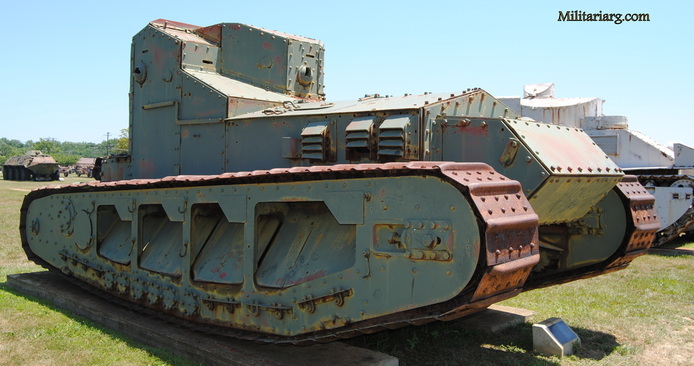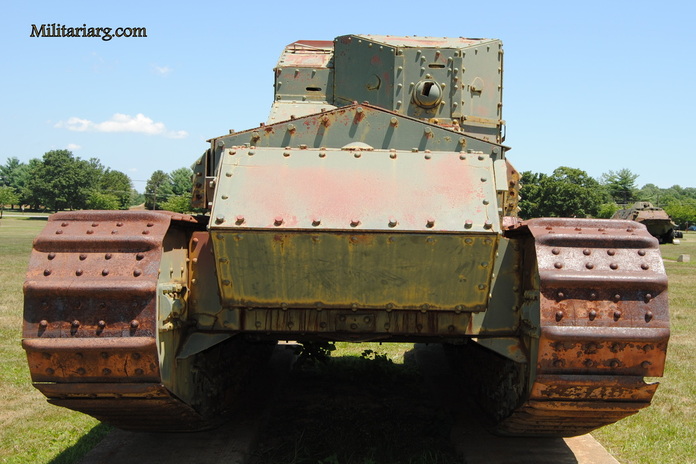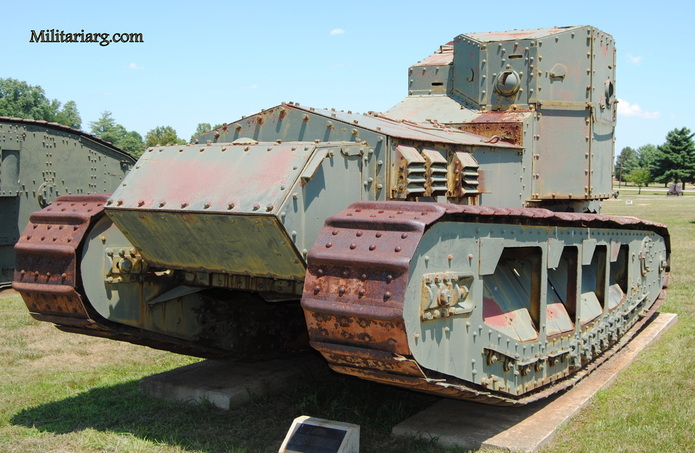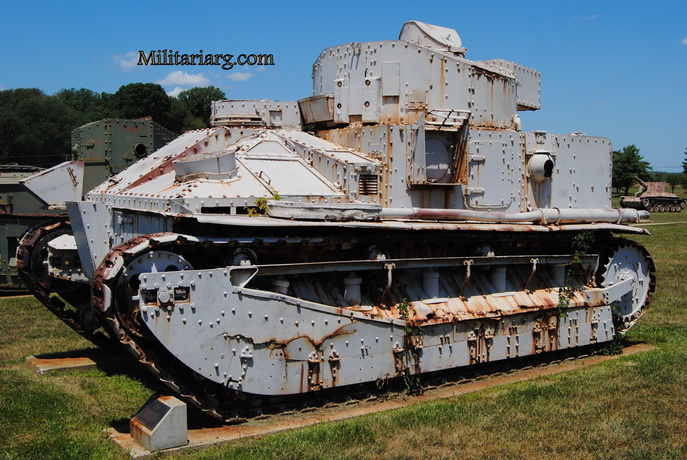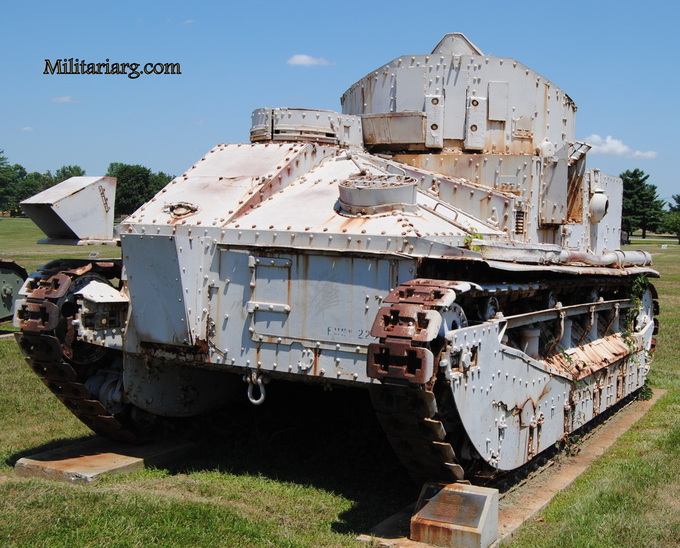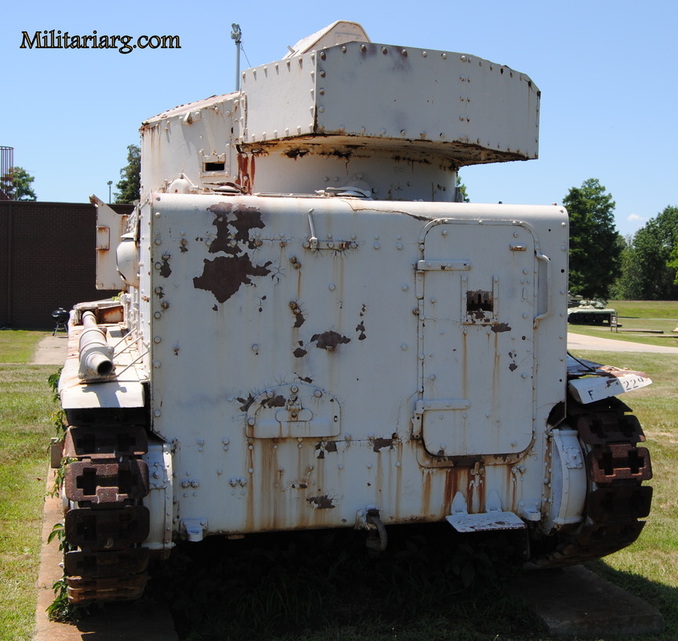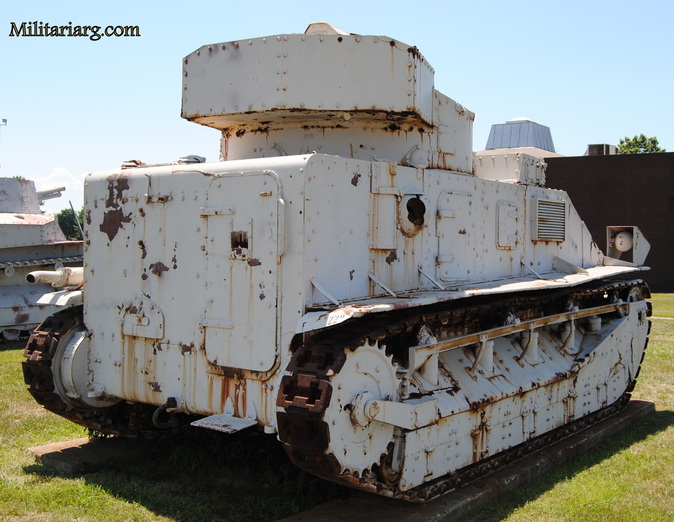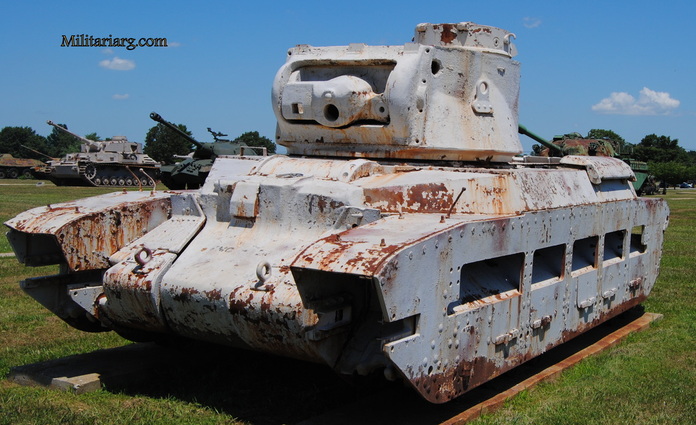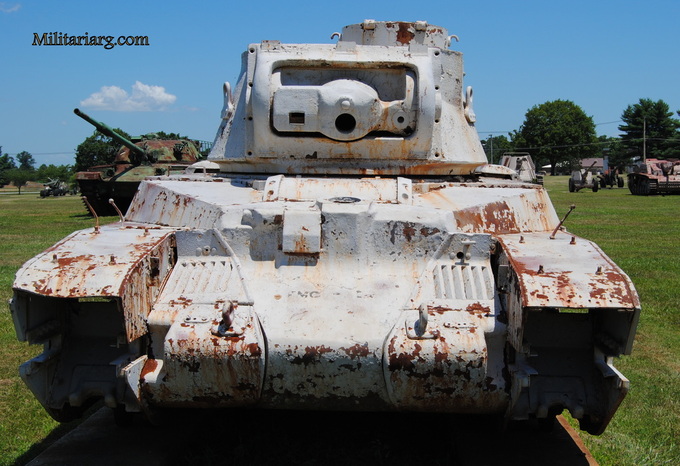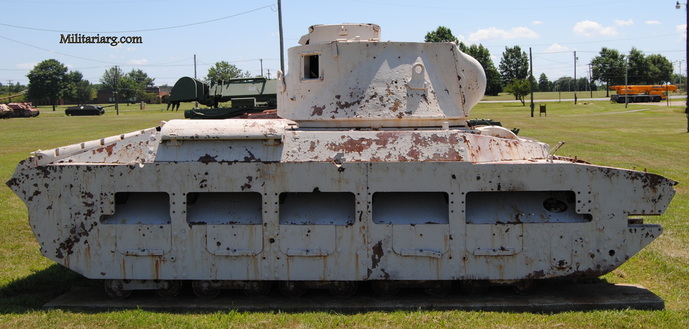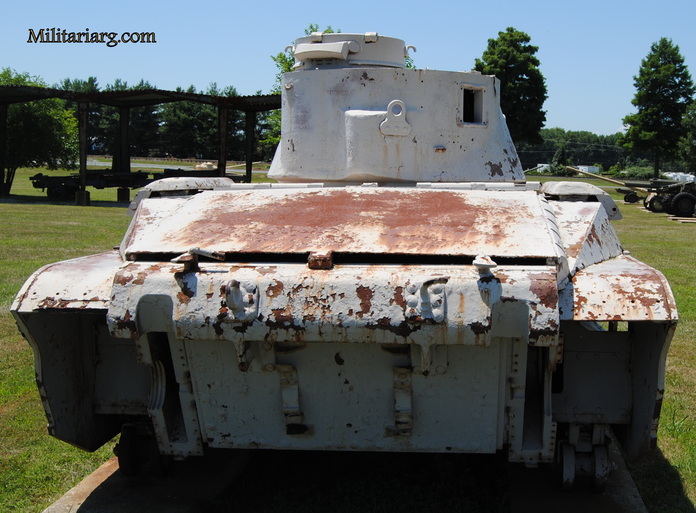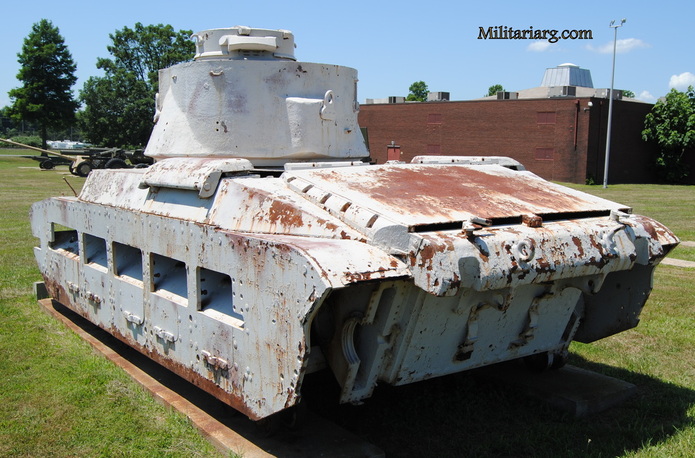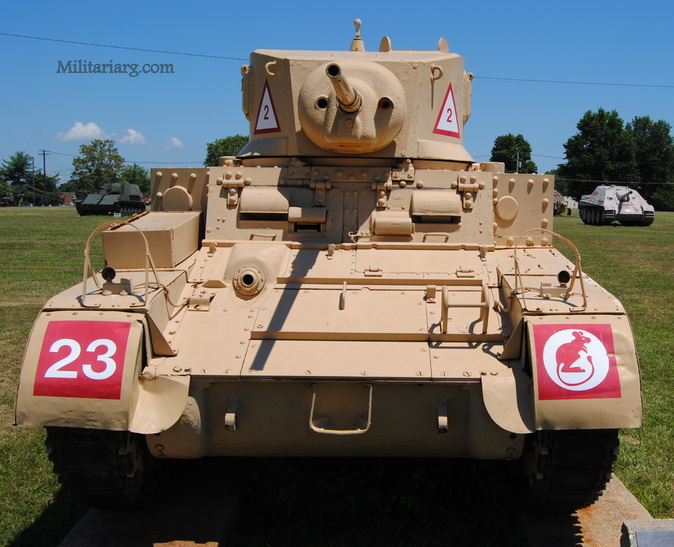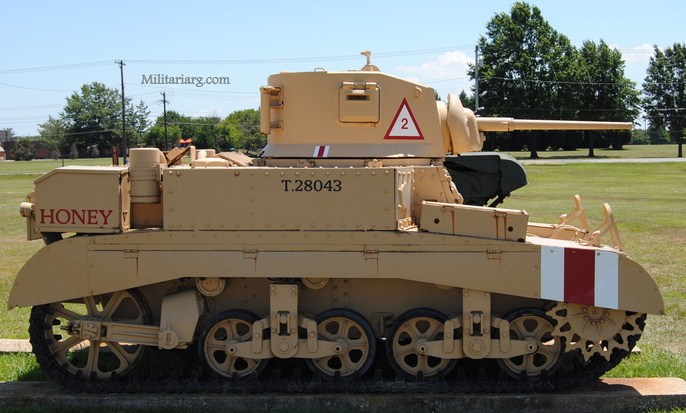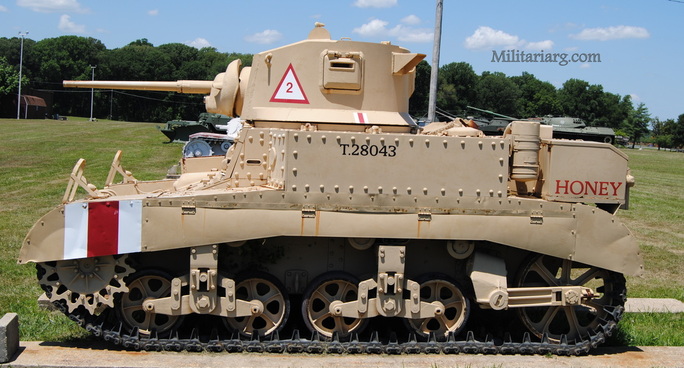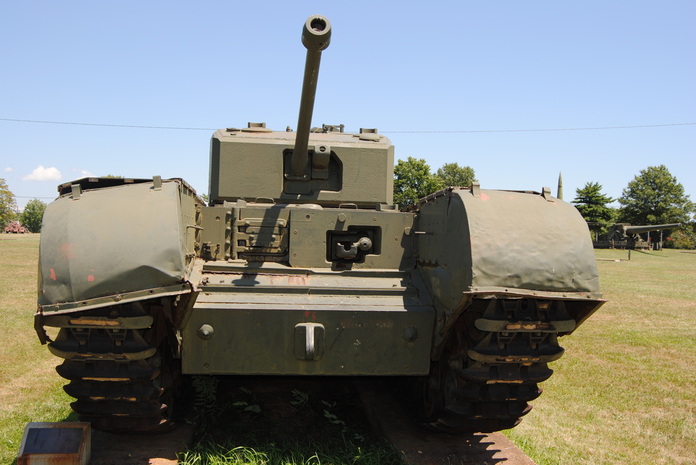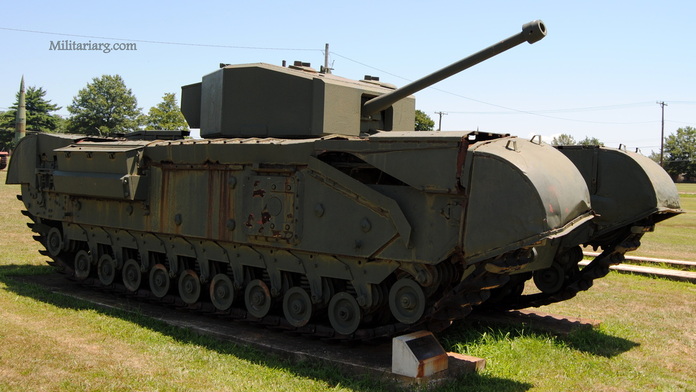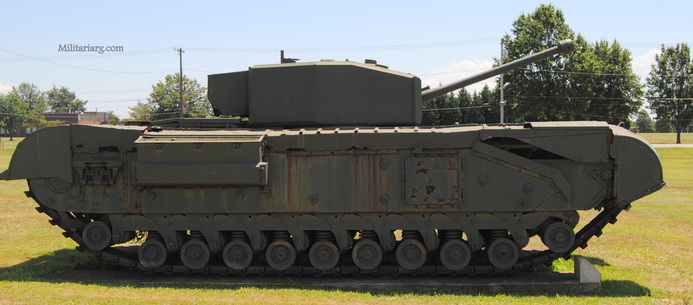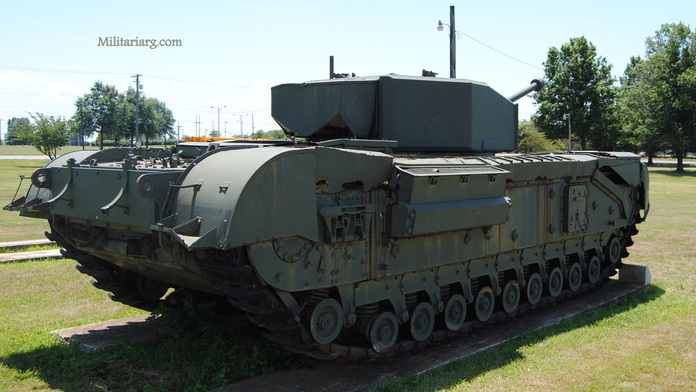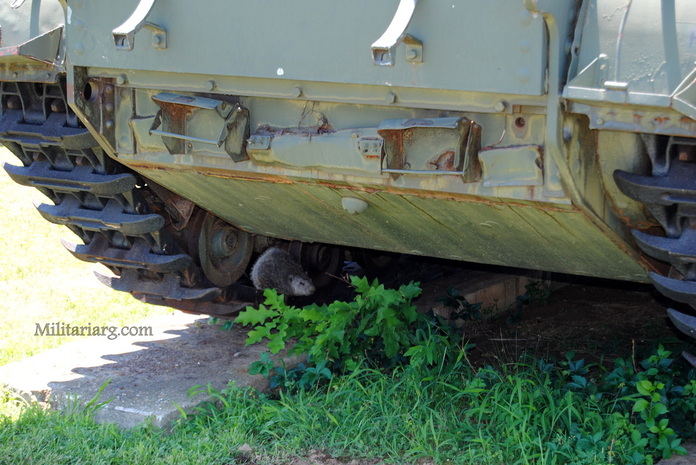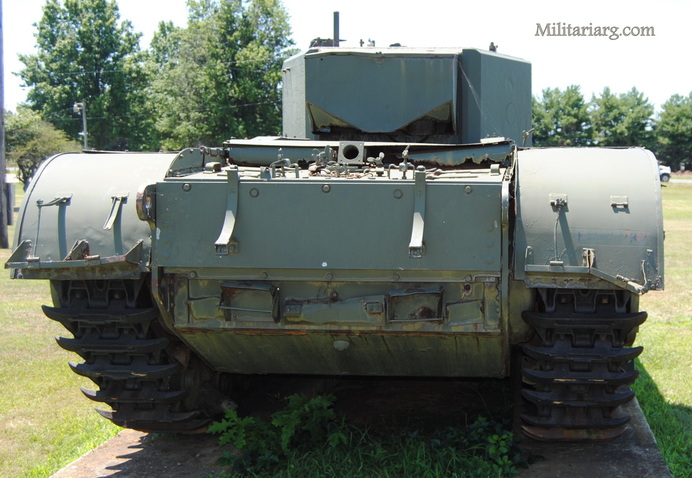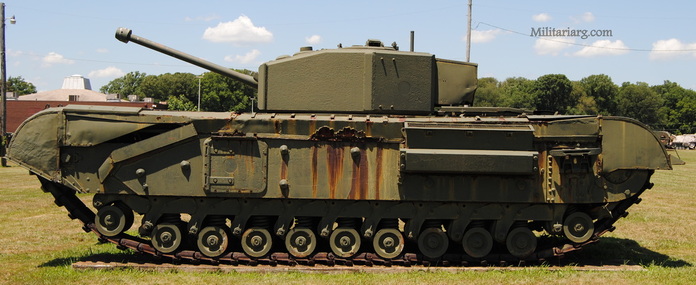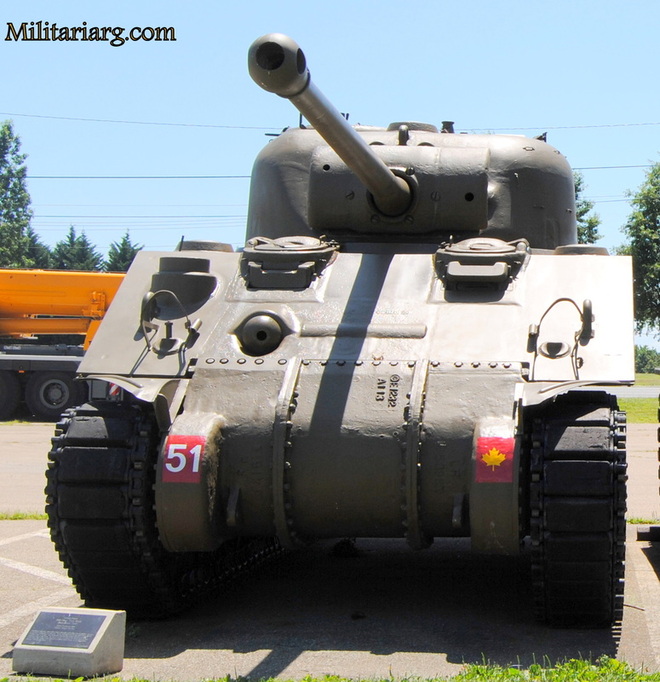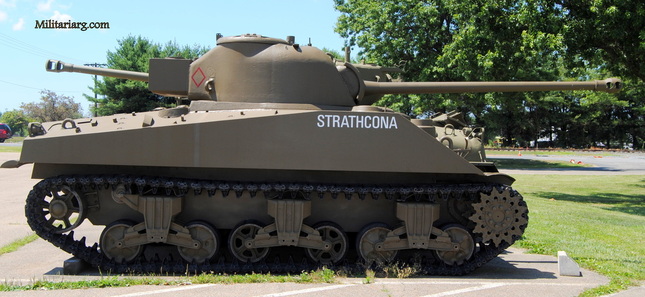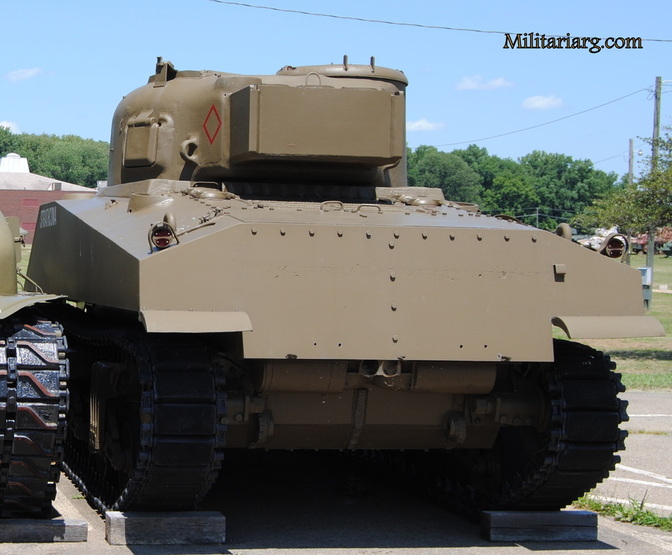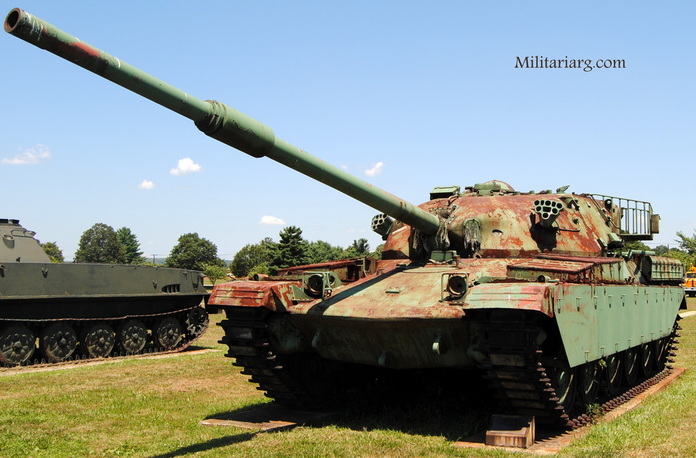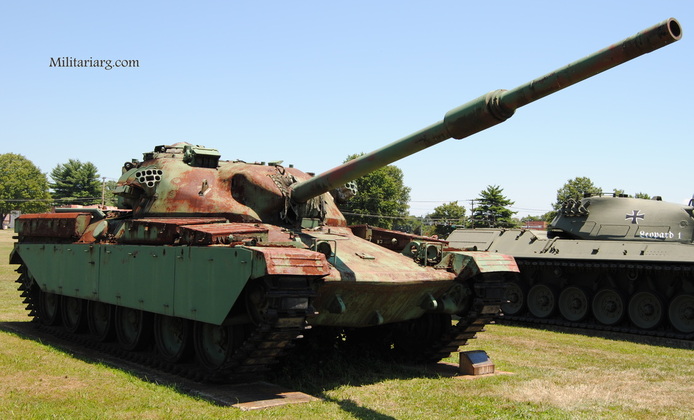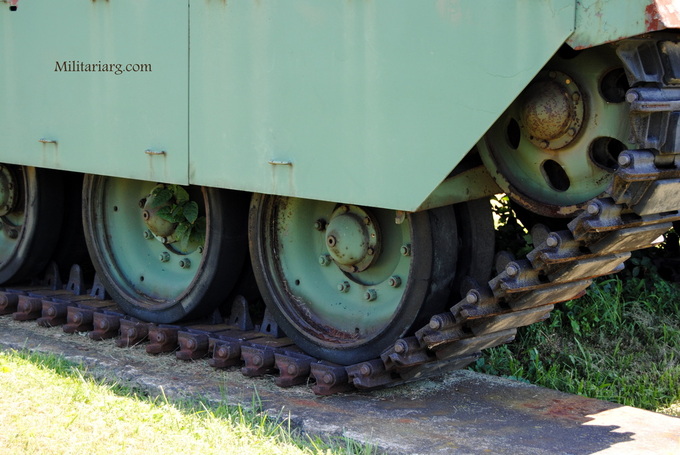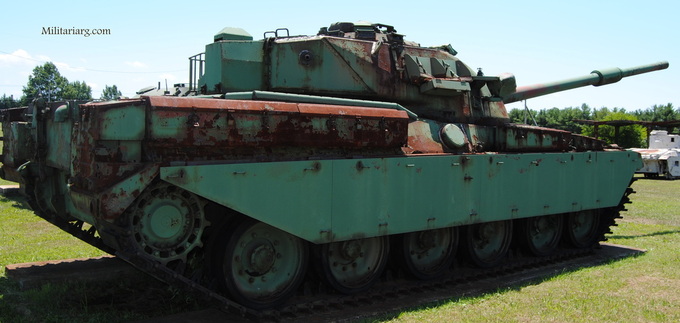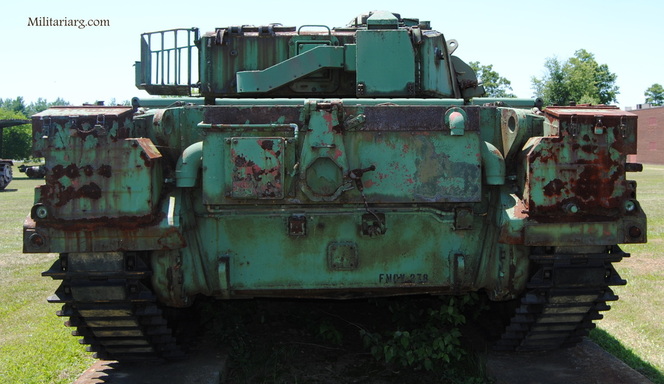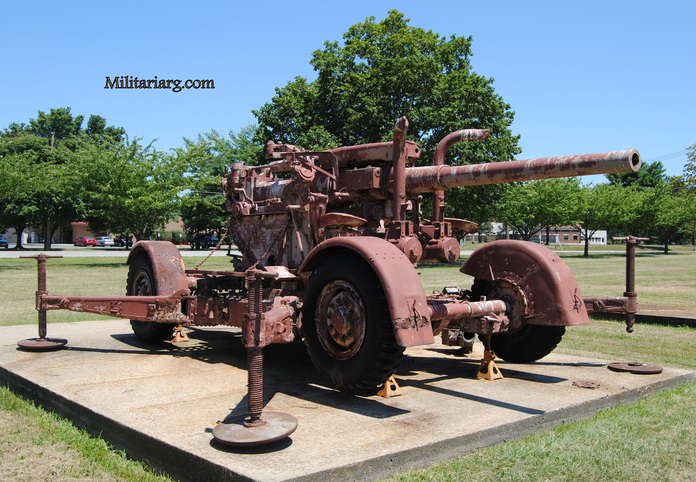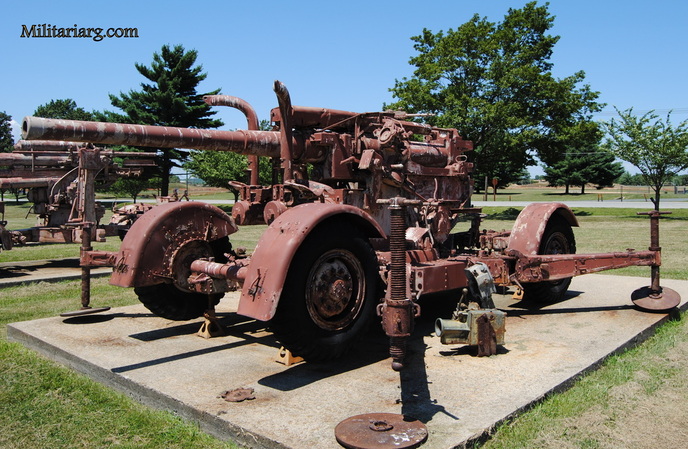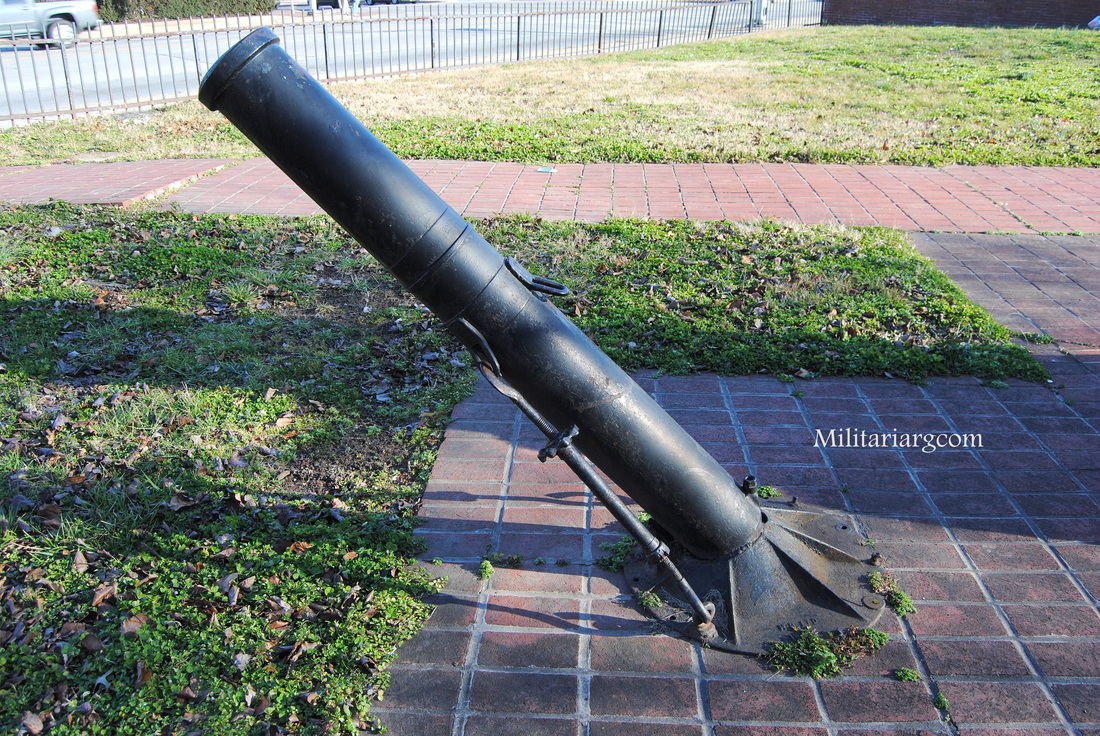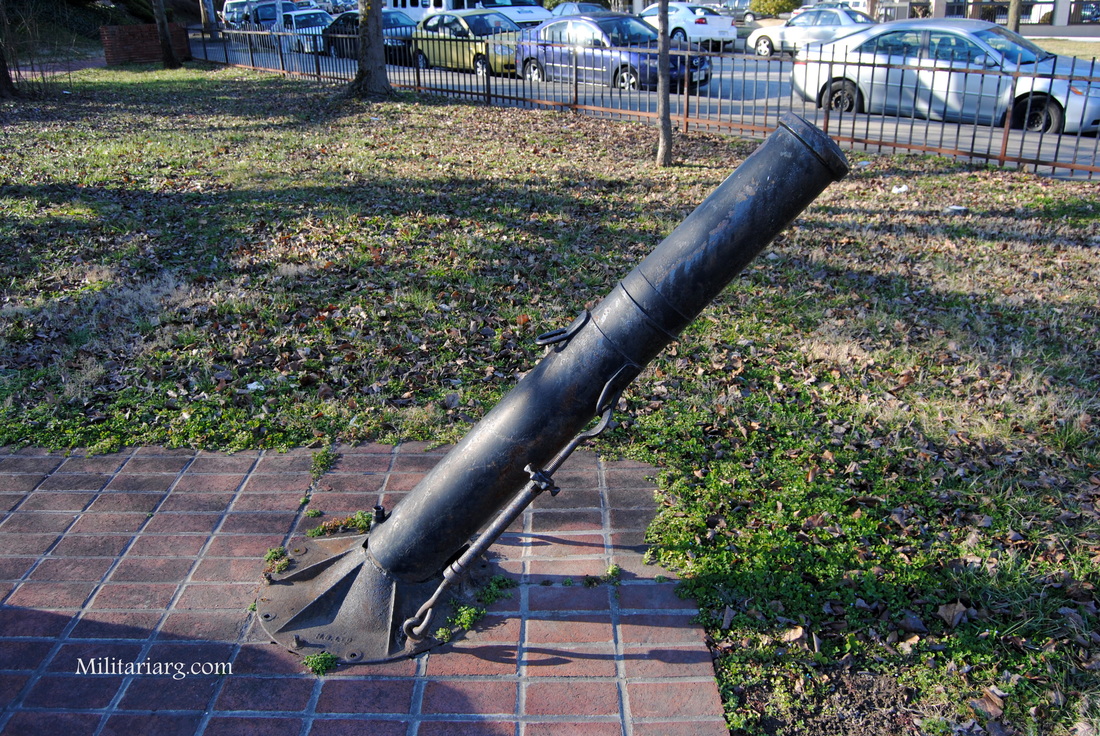British Fighter Pilot Helmet in Pressed Leather MKI.
British Helmet MKI
Left: MKI. Right: MKII (Tan camo).
British Helmet MKII.
WWII (!942) Dispatch Rider Helmet BMB.
British Helmet MKII (Tanker Helmet). These have the same shape as the paratrooper helmet.
AFV M 1973 helmet tank crews. "Dan Dare".
Ammunition Boot, Circa 1945. Short boots. Despite their elegance, they were proven to be inefficient in the Malvinas. "Trench Foot" appeared in the troops. This is why they were changed for the Combat High Boots with vibram sole.
Pattern M37 Webbing, Canteen, Belt, Suspenders and Holster and frog.
P37 Holster for UK Enfield P38 or US M1911A1 "Lend Lease" (?).
British P37 Canvas Holster. Dated: 1945. Made by Finnigans Ltd.
P08 Enfield Bayonet frog (?)
M.E.C marked and dated 1940.
P37 Suspenders. M.E.C 1951 normal.
P37 1937 Pattern, Canten Water Bottle and Cover.
British Helmet MKIII (Canadian/Turtle Pattern).
MKIV (Special Forces).
MKV Steel Helmet and net cover.
L4A1 bandoler made by MECO and dated 1960.
1949/1950s Civil Defense Corps (Welfare), Band Arm. The Civil Defence Corps was a civilian volunteer organisation established in Great Britain in 1949.
70s/80s DPM Pattern.
NATO Jerry Can and P95 DPM set.
British Dress, Parade, Ammo,Drill and DMS Short Boots
MK6 and (1984) Camo Cover.
MKVI
Scottish Regimental Tam O'Shanter.
RCT, Royal Corps of Transport with embroidered badge.
Royal Navy Sailor Hat.
L1A1 SLR Rifle Bayonet
Gurkha knife khukuri Gorkha
The kukri (Devnagari/ खुकुरी) (originally spelled khukri or khukuri) is a curved Nepalese Knife used as both tool and weapon. Its a traditional weapon for Nepalese people, and also a weapon of choice/ side arm for all Nepalese including those serving in different armies around the world.
The cutting edge is inwardly curved in shape and is the icon of Nepal. It was, and in many cases still is, the basic and traditional utility knife of the Nepalese people. Very effective when used as a weapon, it is a symbolic weapon of the Nepalese Army, and of all Gurkha regiments throughout the world, signifying the courage and valor of the bearer in the battlefield. It is a part of the regimental weaponry and heraldry of the Royal Gurkha Rifles, and is used in many traditional rituals among different ethnic groups of Nepal, including one where the groom has to wear it during the wedding ceremony. It is known to many people as simply the "Gurkha blade" or "Gurkha knife".
Wikipedia
The cutting edge is inwardly curved in shape and is the icon of Nepal. It was, and in many cases still is, the basic and traditional utility knife of the Nepalese people. Very effective when used as a weapon, it is a symbolic weapon of the Nepalese Army, and of all Gurkha regiments throughout the world, signifying the courage and valor of the bearer in the battlefield. It is a part of the regimental weaponry and heraldry of the Royal Gurkha Rifles, and is used in many traditional rituals among different ethnic groups of Nepal, including one where the groom has to wear it during the wedding ceremony. It is known to many people as simply the "Gurkha blade" or "Gurkha knife".
Wikipedia
Mark IV "Female"
Initial production: 1917
Combat weight: 27.5 tons
The Mark IV come in two versions: Female wich was armed with 4 303 Caliber Hotchkiss machine guns, and the Male wich was armed with 4 6 pounder cannon. Maximus road speed was 6 mph. This vehicle was the first to be called a "Tank". The word tank was coined when the British tried to keep the fact that they had a new type of armored fighting vehicles a secret by shipping them covered with canvas with the word "Tank" painted on the side to make the Germans think they were mobile water tank. Aberdeen Museum.
Combat weight: 27.5 tons
The Mark IV come in two versions: Female wich was armed with 4 303 Caliber Hotchkiss machine guns, and the Male wich was armed with 4 6 pounder cannon. Maximus road speed was 6 mph. This vehicle was the first to be called a "Tank". The word tank was coined when the British tried to keep the fact that they had a new type of armored fighting vehicles a secret by shipping them covered with canvas with the word "Tank" painted on the side to make the Germans think they were mobile water tank. Aberdeen Museum.
Mark A "Whippet"
Initial production: 1917
Combat weight: 15.7 tons.
The Whippet was one of the first "Medium Tanks". It had a crew of three, a driver and two gunners who operated the three Hotchkiss 303 caliber machine guns. The Whippet had a top speed of 8 mph on the road. Seven of these tanks overram three battalions of German Infantry entrenched near a village in France. This action gave rise to more interest in medium tanks. The Whippet nickname comes from the shorthaired dog bred in England.
The Whippet was one of the first "Medium Tanks". It had a crew of three, a driver and two gunners who operated the three Hotchkiss 303 caliber machine guns. The Whippet had a top speed of 8 mph on the road. Seven of these tanks overram three battalions of German Infantry entrenched near a village in France. This action gave rise to more interest in medium tanks. The Whippet nickname comes from the shorthaired dog bred in England.
Vickers Medium Mark II A
Initial production: 1930.
Combat weight: 16 tons.
Twenty of these vehicles were supplied to the British Army in 1930. They were used in training regiments for initial instruction and driving during the early part of World War II. This particular IIA was part of a reverse Lend-Lease scrap shipment to the U.S. The Vickers was manned by three crewmen and armed with one 3 pounder (57mm) main gun and three Vickers 303 cal. machine guns. It could reach a speed of 23 mph on the road.
Combat weight: 16 tons.
Twenty of these vehicles were supplied to the British Army in 1930. They were used in training regiments for initial instruction and driving during the early part of World War II. This particular IIA was part of a reverse Lend-Lease scrap shipment to the U.S. The Vickers was manned by three crewmen and armed with one 3 pounder (57mm) main gun and three Vickers 303 cal. machine guns. It could reach a speed of 23 mph on the road.
MK II Matilda
Initial production: 1939.
Weight: 29 tons.
The Matilda was designed as an infantry support tank. The turret armor is 3.5 inches thick with a 2pdr (39mm) main gun and a 303 coaxial macine gun mount. The Matilda formed a major part of the British Armored Forces during the desert battles against the German Afrika Corps. Later in WWII it was modified for clearing mines, bridge laying, bulldozing, and a number of other supporting roles. The MK II Matilda was the only British Tank to serve throughout WWII. This tank was the last in action at Sidi Rezig-Halfaya Pass, Libya in November 1941.
Weight: 29 tons.
The Matilda was designed as an infantry support tank. The turret armor is 3.5 inches thick with a 2pdr (39mm) main gun and a 303 coaxial macine gun mount. The Matilda formed a major part of the British Armored Forces during the desert battles against the German Afrika Corps. Later in WWII it was modified for clearing mines, bridge laying, bulldozing, and a number of other supporting roles. The MK II Matilda was the only British Tank to serve throughout WWII. This tank was the last in action at Sidi Rezig-Halfaya Pass, Libya in November 1941.
U.S Light Tank M3A1 (Stuart). British MKIV "Honey" 1941.
Made by American Car and Foundry. Example of the 1st U.S tank given to the British in 1941 and committed to battle during Operation Crusader in North Africa. Performed so outstandingly as compared with the British tanks that it was affectionately called "Honey". Aberdeen Museum.
Churchill MK III Heavy Tank
Initial production: 1941
Combat Weight: 43.1 tons
The Churchill series began production with the MKI I. The MK III appears in March of 1942. The Churchill has a crew of 5 and is armed with, for the first time a 6 pdr. main gun and two Besa machine guns bow and coaxial.
maximun speed on the road was 17 mph. This particular MK III was shipped by The British War Ministry to Aberdeen Proving Ground in 1944. This particular vehicle was painted in the color of one Canadian Allies to conmemorate The Battle of Dieppe. Aberdeen Museum.
Combat Weight: 43.1 tons
The Churchill series began production with the MKI I. The MK III appears in March of 1942. The Churchill has a crew of 5 and is armed with, for the first time a 6 pdr. main gun and two Besa machine guns bow and coaxial.
maximun speed on the road was 17 mph. This particular MK III was shipped by The British War Ministry to Aberdeen Proving Ground in 1944. This particular vehicle was painted in the color of one Canadian Allies to conmemorate The Battle of Dieppe. Aberdeen Museum.
Canadian Sherman Firefly
Chieftain Main Battle Tank
Initial production: 1963
Combat Weight: 59.4 tons
The Chieftain was the most powerful main battle tank in the NATO arsenal when it appeared in 1960s. It was armed with a 120mm rifled main gun, two 7.62mm machine guns, and a 50 caliber ranging machine gun. The British designers of the Chieftain kept the height of the hull low by creating a reclining position for the driver . The Chieftain had a top road speed of 30 mph and a cruising range of 310 miles.
Combat Weight: 59.4 tons
The Chieftain was the most powerful main battle tank in the NATO arsenal when it appeared in 1960s. It was armed with a 120mm rifled main gun, two 7.62mm machine guns, and a 50 caliber ranging machine gun. The British designers of the Chieftain kept the height of the hull low by creating a reclining position for the driver . The Chieftain had a top road speed of 30 mph and a cruising range of 310 miles.
3.7 inch Anti-Aircraft Gun
WWI Era. 8 inch Mortar 8.H Ltd Mk? (Hadfields)
Comments:
He;;o. My research has confirmed that your photos of the white MATILDA TANK T
10099 (in Maryland America) was built by Harland & Wolff the famous Belfast
Shipbuilders. l am writing a short article on Matilda T 10099's history for a
Belfast newspaper. May l have permission to use one or two of your MATILDA TANK
photos to accompany my article?
Thankyou..... B Anderson, N. Ireland
Hello there!
Please feel free to use the photos. The goal of the website is to share
information and knowledge. Let me know if I can assist with anything. When the
article is published, I can add a link in the website if it is online so let me
know.
Best regards,
Gaston
Please feel free to use the photos. The goal of the website is to share
information and knowledge. Let me know if I can assist with anything. When the
article is published, I can add a link in the website if it is online so let me
know.
Best regards,
Gaston
